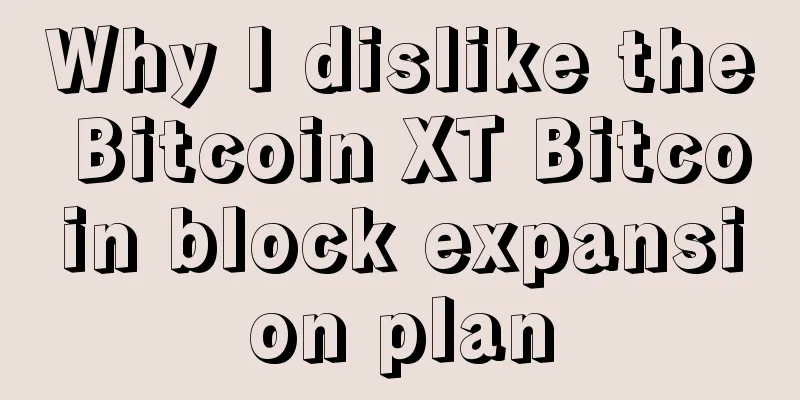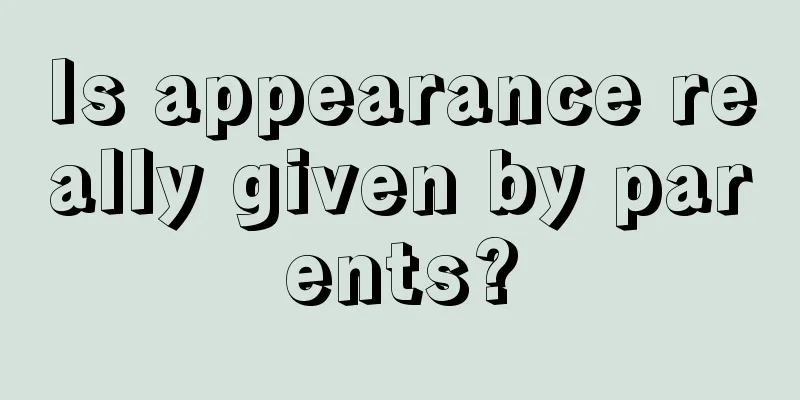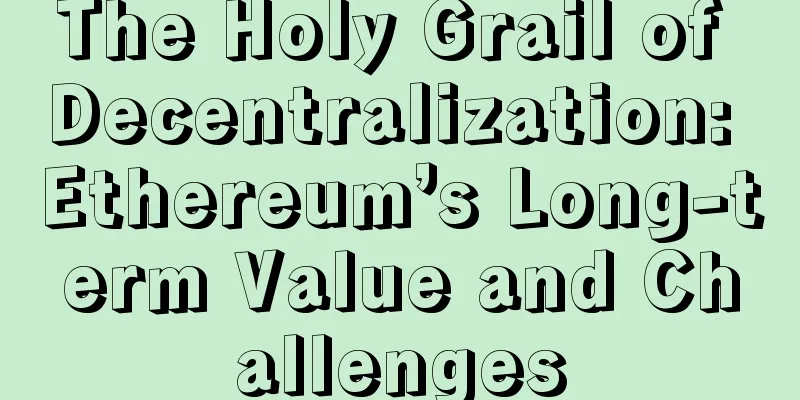Why I dislike the Bitcoin XT Bitcoin block expansion plan

|
The dispute over the Bitcoin block size has been going on for a long time, and all parties have been arguing and it is difficult to reach a consensus. Recently, former Bitcoin Core developers Gavin Andresen and Mike Hearn released a new client Bitcoin XT, which is independent of the original Bitcoin Core client and supports large blocks. Mike Hearn claimed that as long as 75% of miners support Bitcoin XT in January 2016, the program will automatically hard fork and will no longer be compatible with Bitcoin Core. In just a few days, the number of Bitcoin XT nodes has increased significantly and has now reached 800+. This move caused great controversy in the community, and there were heated discussions on bitcointalk.org and reddit, which caused a certain degree of panic. Satoshi Nakamoto also participated in the discussion and opposed Bitcoin XT, but most people believed that this Satoshi Nakamoto was a fake. This move also alarmed the media outside the circle, such as Sina's headline-grabbing report "Bitcoin developers split, insiders: comparable to a coup." However, judging from the reaction of the Bitcoin community, most people are not optimistic about Bitcoin XT, including myself. Let me make my attitude clear: (1) I don’t mind forks, but I do mind cheating; (2) I am not against capacity expansion, but I am against BitcoinXT. Recognize the essence of block expansion: Before discussing this, we need to understand the essence of Bitcoin block expansion - benefits. As the larger the Bitcoin block, the more transactions can be processed per unit time, and the greater the total value of the Bitcoin network, the benefits of everyone in the community (merchants, coin holders, miners, developers) will increase. Because of this, the Bitcoin community basically agrees to increase the block capacity. However, there is increasing controversy over when and how to expand the capacity. The most radical plan was originally proposed by Gavin Andresen, who called for a one-time expansion of the block capacity to 20M. The most conservative plan is to maintain the status quo and then develop sidechains and other technologies to expand capacity. There is a conflict of interest here. For example, another core developer Gregory Maxwell is employed by Blockstream and is developing sidechains, so he does not have much motivation to increase the block capacity. In addition to core developers, mining pools, merchants, exchanges and coin holders all have their own interests. Chinese mining pools clearly oppose the 20M expansion and believe that the first upgrade should be maintained below 8M. It seems that coin holders are the most vulnerable group and have no say at all. However, in the long run, coin holders have the final choice because only coin holders can give value to a coin. The coin with more holders will be supported by more merchants and exchanges, and will therefore have more miners and mining pools. So what do currency holders care about most? Stability! Because for currency, stability is the most important, and this stability lies not only in the price of the currency, but also in the network. Bitcoin has so many advantages over legal currency, but it is difficult to be accepted by the mainstream public just because the price of the currency is unstable. The realization of transaction and storage functions requires stability. Bitcoin has not made many improvements since its birth, but it still occupies the throne of the virtual currency leader. The main reasons are as follows: (1) The Bitcoin network is stable, has huge computing power, and is difficult to be shaken; Therefore, on the surface, it seems that the block expansion has not been realized because miners, mining pools or core developers oppose Gavin Andresen's radical fork plan. But in fact, the deeper reason is that coin holders (miners, mining pools or core developers are actually large coin holders) prefer stability. If the following two options can both expand the transaction capacity of the Bitcoin network and have the same effect: (1) Gregory Maxwell wants to develop a side chain and opposes hard forks. Although he may have his own little calculations, I can at least understand his approach. On the other hand, Gavin Andresen is eager to promote hard forks, even at the cost of cheating (which will be discussed later), and someone has launched a spam transaction attack on the Bitcoin network in an attempt to prove the urgency of capacity expansion. I cannot understand what the purpose of these is. Maybe he wants to prove his authority, but the result is obviously counterproductive, because in this circle, no one is authoritative, including Satoshi Nakamoto. Why Bitcoin XT is a ScamBitcoin XT’s deception is mainly manifested in three aspects: (1) Deliberately confusing BitcoinXT and block size expansion. In Mike Hearn's article promoting Bitcoin XT, he talked a lot about the importance of block expansion, because you should support block expansion, so you should support Bitcoin XT, as if Bitcoin XT is the only expansion solution. Equating block expansion with Bitcoin XT and keeping silent about other expansion solutions is obviously not an unintentional mistake, but a deliberate confusion of concepts. The only purpose of doing this is to trick users or miners into running Bitcoin XT. (2) Claiming that it is not an altcoin. Bitcoin XT claims to be Bitcoin, not an altcoin. This is obviously not true. Any new fork is an altcoin. As for whether the altcoin chain wins in the end or the original chain wins, that is another question. If Litecoin beats Bitcoin one day, will Litecoin no longer be an altcoin? The only reason why Bitcoin XT claims to be not an altcoin is to trick you into accepting it. (3) In addition to capacity expansion, there are other changes. If Bitcoin XT really only cares about block expansion as it claims, then it should only add code related to block expansion, and keep the rest consistent with Bitcoin Core. But that's not the case. Bitcoin XT incorporates many new features. Regardless of whether these features are good or bad, this mode of operation is obviously dictatorial. You, Gavin, can add whatever you want, and you don't need others to review the code anymore, right? What's more, it was revealed that the Bitcoin XT client downloads the user's IP and establishes a blacklist mechanism. It is said that this move has a significant impact on privacy, especially for Tor network users. However, Bitcoin XT never mentioned such a major change. If a fork is inevitableIf the fork is inevitable, please refer to my previous article: "How do ordinary users deal with the Bitcoin hard fork caused by blockchain expansion?" However, I personally believe that BitcoinXT will not succeed. In addition, I used to think that block expansion was urgent, but the recent spam attack on the Bitcoin network shows that the Bitcoin network has strong adaptability, and block expansion may not be so urgent. We still have plenty of time to study more appropriate solutions. |
>>: Bitpay CEO: Support BIP 101, Bitcoin block should be expanded
Recommend
Does a person with a short lifeline have a short life?
We generally believe that people with long lifeli...
Analysis of the characteristics of wealth and fortune
In physiognomy, we can judge whether a person is ...
Tesla's financial report: Investing heavily in artificial intelligence and continuing to hold Bitcoin
Electric car maker Tesla has made no changes to i...
Why I believe FPGA mining machines will erode the computing power share of GPUs before the emergence of ASICs
“FPGA mining is a healthy transition and suppleme...
Is the “V” reversal in the crypto market clear?
The yen interest rate hike triggered a V-shaped r...
Men with small hands are lucky and more likely to get gold
In real life, the size of hands can actually refl...
BNP Paribas launches blockchain productivity lab
Rage Comment : BNP Paribas has successfully compl...
The face of a woman with particularly bad popularity
1. High brow bone Women with high brow bones have...
Your eyes tell you whether your body is healthy
People with moles on the upper eyelids will have ...
See if people with moles on the bridge of the nose will have better fortunes.
A mole on the root of the nose will destroy your ...
How to read teeth in physiognomy
Teeth also belong to the category of physiognomy....
How to analyze a woman's love fortune through her eyes
According to big data, women are generally more e...
What kind of woman will ruin your career?
There are scars or horizontal lines on the bridge...
What is a beauty mark? Is it good or bad for a girl to have a beauty mole?
Many of our friends have moles on their bodies to ...
Blockchain application in land registration may lead to a new round of global financial crisis
The blockchain-based land registration system may...









